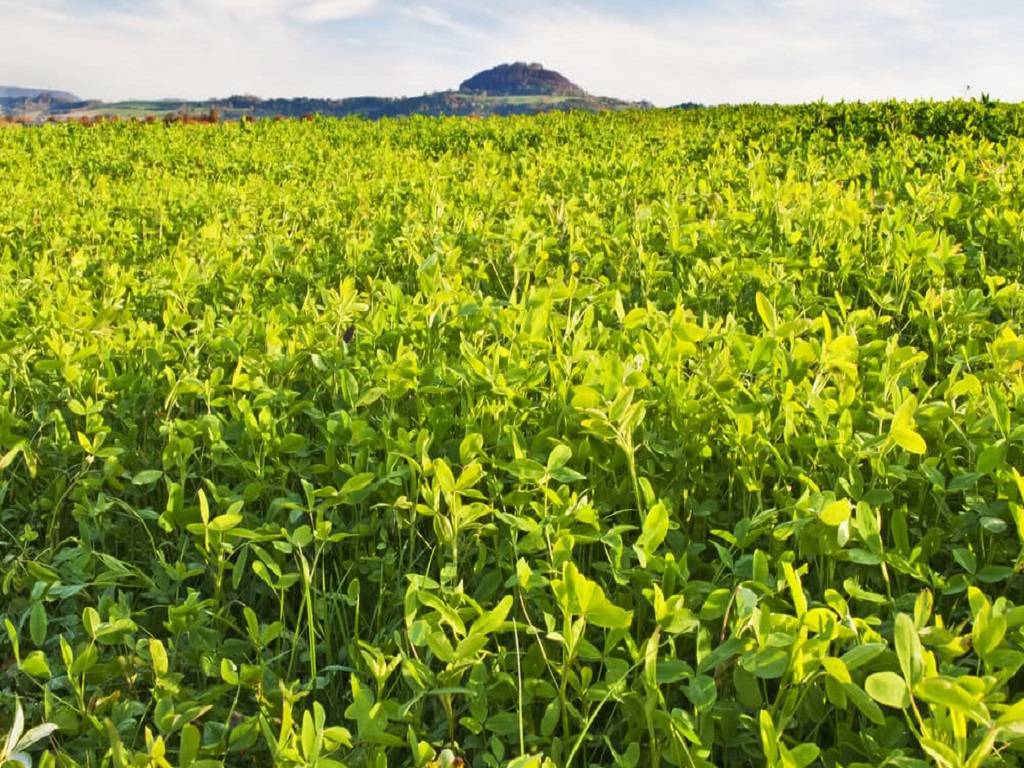
Green manure is now being promoted by the Punjab agricultural department. block-level Punjab Agro is subsidizing seed at a rate of Rs 2,000 per quintal, which would otherwise cost Rs 6,300 per quintal. Farmers can get the seed via the agricultural department's subsidizing offices because supply is restricted.
Green manures are crops planted with the purpose of preserving soil fertility and structure. This is accomplished by leaving uprooted or sowed crop pieces on the field to wither and act as mulch and soil nutrients. They are usually returned to the soil, either immediately or after being extracted and decomposed.
Why is it vital to sow green manure in Punjab?
-
Punjab has one of the highest fertilizer usage rates in the country, at roughly 244 kg per hectare, and is also higher than the national average.
-
Growing green manure can reduce this usage by as much as 25% to 30%, saving farmers a lot of money in the process.
-
Farmers in Punjab use high-intensity agricultural methods, planting two to three crops each year and using a lot of chemical fertilizers like urea and DAP.
-
As a result, micronutrient shortages such as iron and zinc develop, particularly in rice-growing soils, lowering production.
-
Green manuring can assist improve soil health and increase crop output in this circumstance.
How does it benefit the soil and crop?
-
Green manure improves soil organic matter, addresses micronutrient deficiencies, and lowers the need of inorganic fertilizers, among other things.
-
It's a fantastic substitute for organic manure since it conserves nutrients, increases nitrogen, and improves soil structure.
-
It quickly decomposes, releasing huge amounts of carbon dioxide and weak acids that work on insoluble soil minerals to release nutrients for plant development.
-
It also includes 15 to 18 quintals of dry matter per acre, as well as phosphate, potassium, zinc, copper, iron, and manganese, and 20 to 40 kilograms of nitrogen per acre.
-
Green manure crops are chosen by farmers because they naturally decrease weed development.
-
Improved top-soil stability helps to avoid soil erosion. By increasing soil porosity and aeration, this helps to enhance overall soil structure.
Limitations of green manure
-
Excessive application of green manure can lead to nitrogen and phosphorus overfixation in the soil, rendering it poisonous and causing nutrient pollution.
-
Farmers may find green manure crops to be too expensive, causing them to produce less cultivated crops in order to plant green manure crops.
-
During the manure period, farmers will not be able to plant their marketable cash crop since they may want to boost soil fertility rather than plant crops.
-
Green manure crops may compete with the crops that will be the primary source of revenue on occasion.
Different policy initiatives
-
The government offers 50% financial support for the distribution of green manure necessary for a one-acre area per farmer under the Sub-Mission on Seed and Planting Material (SMSP).
-
PGS (Participatory Guarantee System) certification supports cluster-based organic farming under the Paramparagat Krishi Vikas Yojana (PKVY).











